Design as a development strategy
Have you heard about the design ladder? It is a tool that codifies the level of use of design in companies. Well, what you may not know is that the most successful companies use design at a higher level than their competitors.
The higher the level of usage of design in a company, the better. It is a fact and there are many data to prove it. But not all companies have yet a high level of integration of design. And not all are ready to change their structure, development strategy and development processes, especially without trying it first. Furthermore, to be truly efficient, design to boost innovation in companies should never be self-centred. On the opposite, it should be a joint effort of in‑house design integration and external collaborative work. Why? Because companies have rigid structures, policies, rivalry between departments, success and failure history, traditional thinking, internal doubts… so many things that block companies to innovate the right way. Our job here it to offer you all the support you may need in the correct establishment of your development strategy, whatever is your current design ladder level of integration.
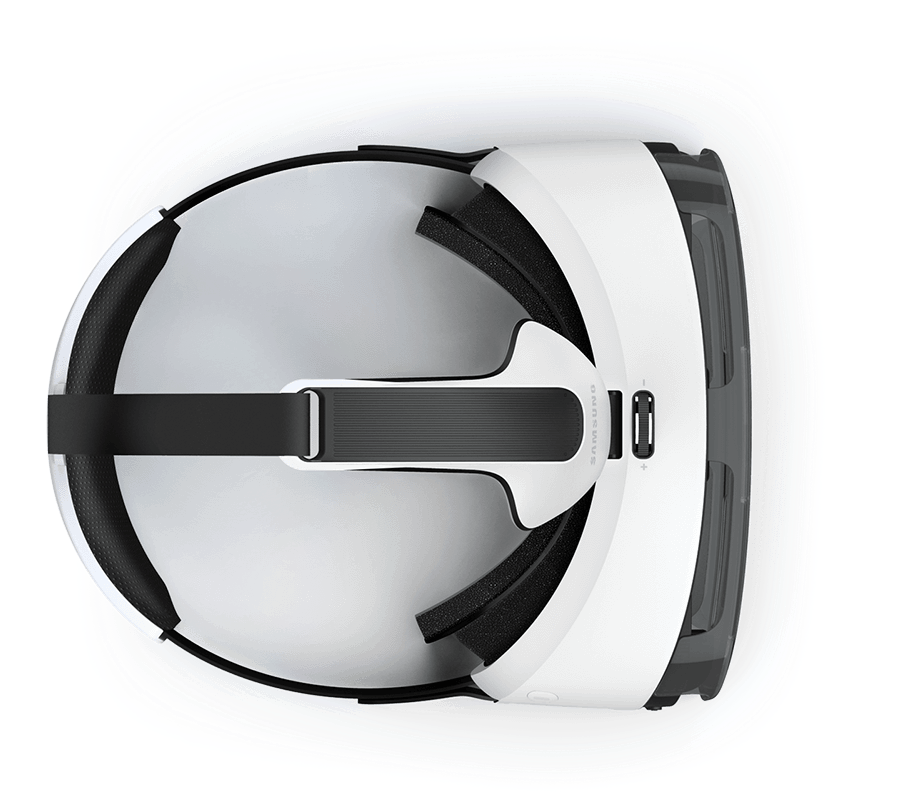
The design ladder
Level 0: Non-design.
Design is invisible. Product development or marketing initiatives are undertaken by untrained designers.
Things are produced from the ideas of a small number of people. The user or customer perspective does not really play a part in decisions.
Level 1: Design as styling.
Design is looked as the way of making something look nice at the end of the process. It’s all about aesthetic.
For example, a product is developed and then given to a product designer to make look nice at the end.
Little thought is given to the design of the overall experience.
Level 2: Design as a process.
Design is not considered as a result, but instead as a way of thinking.
Design methods are built into the early stage of product or service development.
Solutions are driven by customer‑centric problems and collaboration from multiple teams is employed to develop solutions and communications.
The whole process is customer‑centric.
Level 3: Design as a strategy.
Design is embedded in the leadership team.
It is embraced and allowed to play a part in shaping the overall business concept.
It is employed to create a vision of the company’s future and then to forge the ways the company is going to get there.
Level 4: Design as a systemic change.
Using design to help solve complex social issues, massive industry problems, or to streamline complex ecosystems.
Design is used to drive systemic change across numerous organisations or businesses.
Level 5: Design as a culture.
Design is used to build the company’s culture, shifting the mindsets of people to align to the design mindset.
People inside the company are starting to innovate, act like entrepreneurs, embrace ambiguity, listen to the voice of the customer… and lead through design.
Our approach
We are working with an international iterative design process. Therefore, each stage is validated and approved before going to the next.
Having those regular check points is the best way for you and us to control the progression of the projects. At each stage, we give you our explanations, justifications and recommendations, as industrial design must remain pragmatic at all times and in regards of objective criteria.

Our 4 stages iterative process
Our process is iterative; we validate each stage before going to the next. It starts with the very first idea. It finishes with the design requirements & quotations.
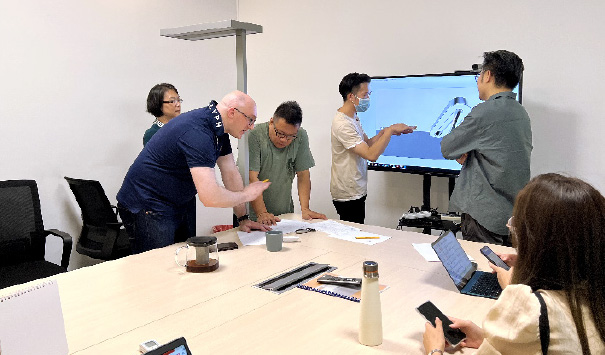
Stage 1: Briefing
Collecting all the relevant data from Client in one place.
Clarifying the information through discussions. Define a SMART goal.
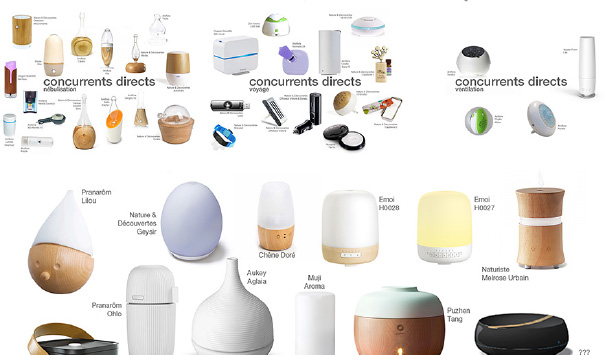
Stage 2: In-house analysis
Analyse the market to fully understand it.
Present and validate the analysis. Modify/validate the SMART goal.
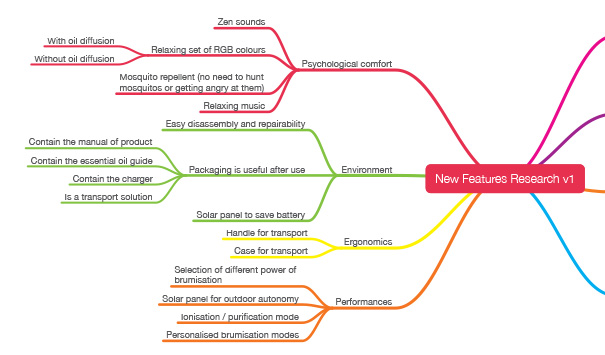
Stage 3: Joint brainstorming
Exploring and defining with you the best new paths to achieve your goals.
Define the pros and cons of each solution.
Sort and evaluate the new solutions and provide you with advice, so you can choose with all cards in hands.
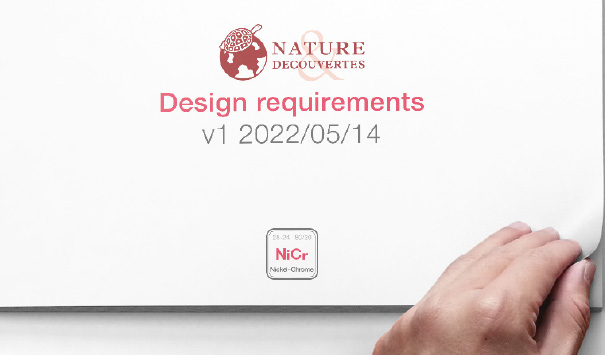
Stage 4: Design requirements
Establishing all the design requirements matching the defined new strategy for the products.
Adjust, choose & validate the service solutions and quotations to design the right products.
Our 4 different services for
development strategy
New features strategy
Very often, a good way to boost sales is to include a new feature in your new products. But which one will be the most efficient to increase your market shares or improve your brand image and make a buzz?
We list the possibilities and look for new ideas of features, then present them to you, alongside with our recommendations. Like which one would be the most useful to consumers, which one would be the best to boost sales…
It is the best and easiest solution to keep ideas flowing in your company’s products.

New path strategy
Sometimes, brands or companies have a hard time to define which product to develop next, which path to take. Is it the right idea? Is it the right time to embrace this concept/technology? Should we follow what the market is doing, or should we challenge it? And if so, how? Which path should we take, and why?
If your company don’t have an answer to all those questions, then you need an external support. Why? Because an external point of view is always helpful, provided that it is professional and objective. Maybe your teams don’t agree on what to next and why. Or they simply don’t know what to do, which can happen sometime. In short: you need an objective and external professional point of view, one that is not influenced by the history of your company or any internal department disputes.
Our process and our teams are with you to identify your right path. We gather all the right information from you, we analyse your market (alone) and we then help your teams to define the right development path. And we will, of course, justify our advice each time by telling you WHY you should follow this path rather than another.
Our “New path strategy” service is clearly the ideal solution in moments of doubt.

New kind of product strategy
Once in a while, developing an entirely new kind of product can be a really good strategy to react to more aggressive competitors. But to do so efficiently, you always need an external support. Why always an external support?
Because your current teams don’t have the necessary time to think about it with the everyday operations. Because it is hard for them to go out of their comfort zone? Because of their lack of creativity or ability to think outside of the box? The reasons can be many. Our service helps you to define a new kind of product (sometimes several), at first in Nickel-Chrome’s studio for the first step, then in total collaboration with your teams. That way, you benefit from everything: our process, our ideas, our external vision, our mutual experience, the involvement of your teams, the feasibility analysis of this new kind of product in regards with your current capabilities.
It is the ideal solution to shake things up in your favour.

DNA design identity strategy
Your business, your brand and your products have a DNA profile, as do your competitors. For many, this DNA profile is a result of who they are and what they do. For more conscious and audacious companies, DNA is a powerful tool to create maximum impact for their brand and develop unique and highly differentiating products. But only if it is developed with a professional external eye and a well thought process.
Together, we define your business, brand and product values to achieve cultural fit and global consistency. Nickel‑Chrome then creates your DNA Design Identity. This is a highly operational guide for the design and development of your products. It is an invaluable tool to define the essence of your brand and what makes it unique and possesses specific and identifiable characteristics which can be transferred to your current and future product offering.
